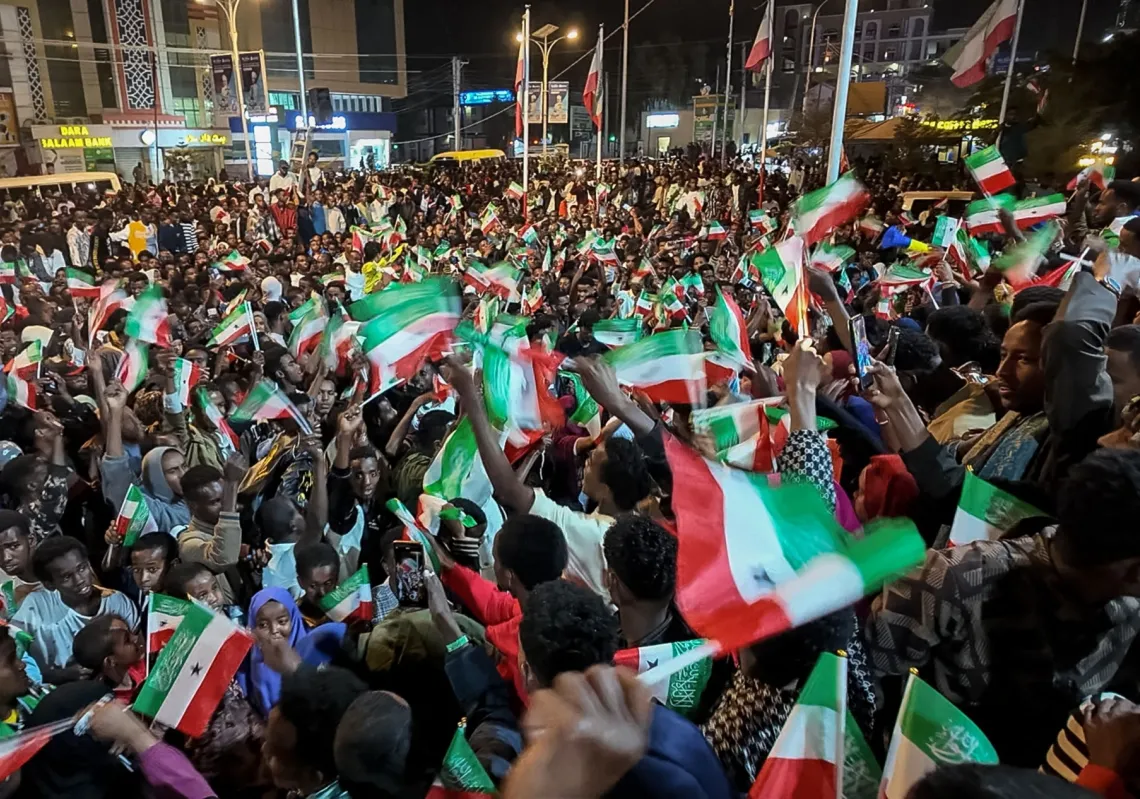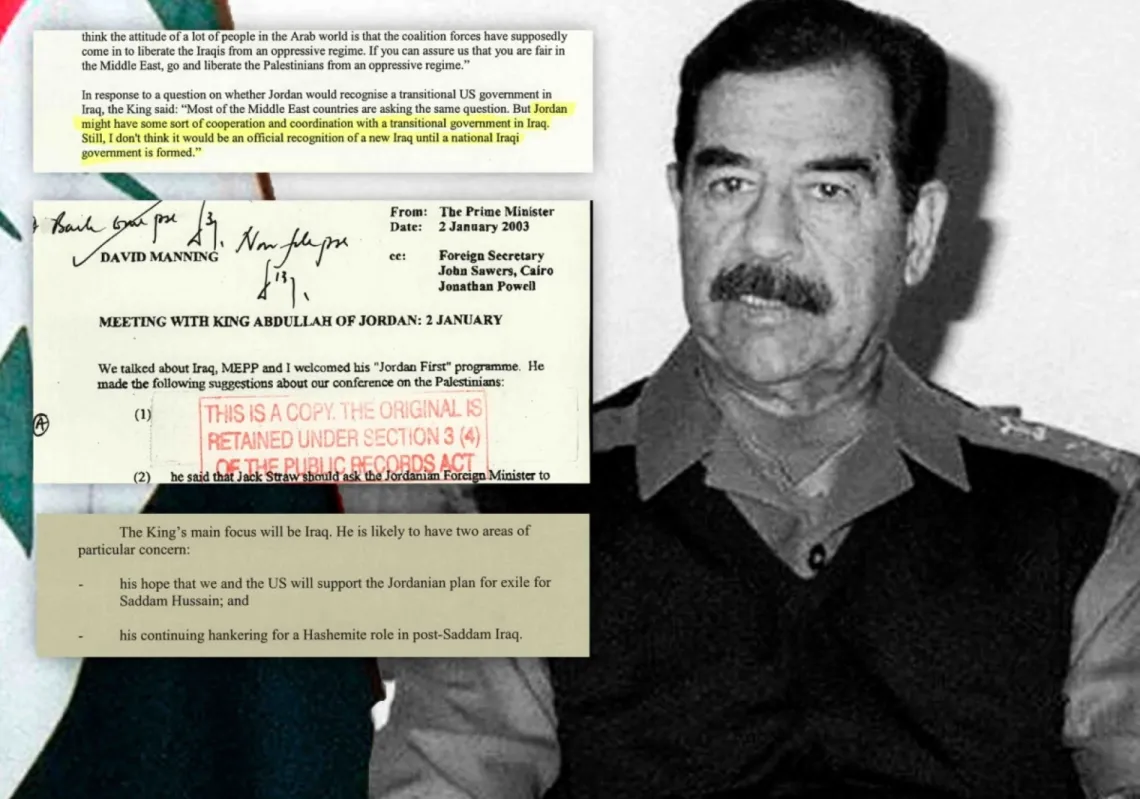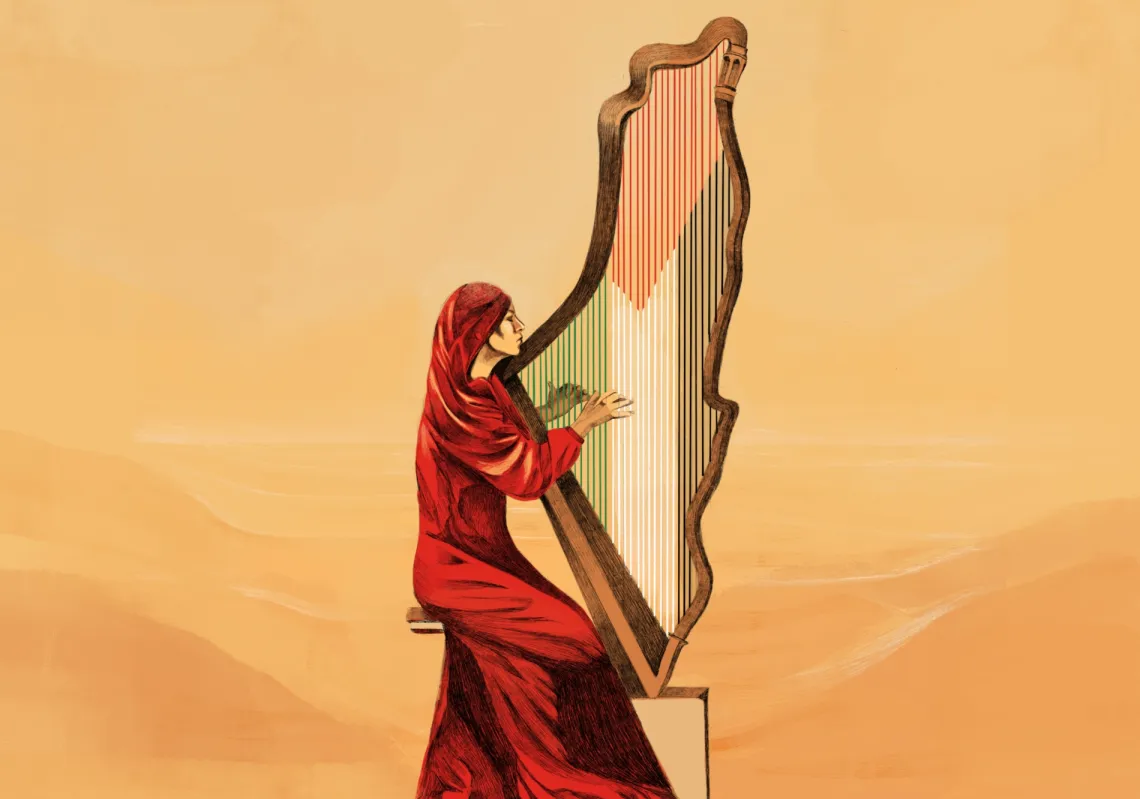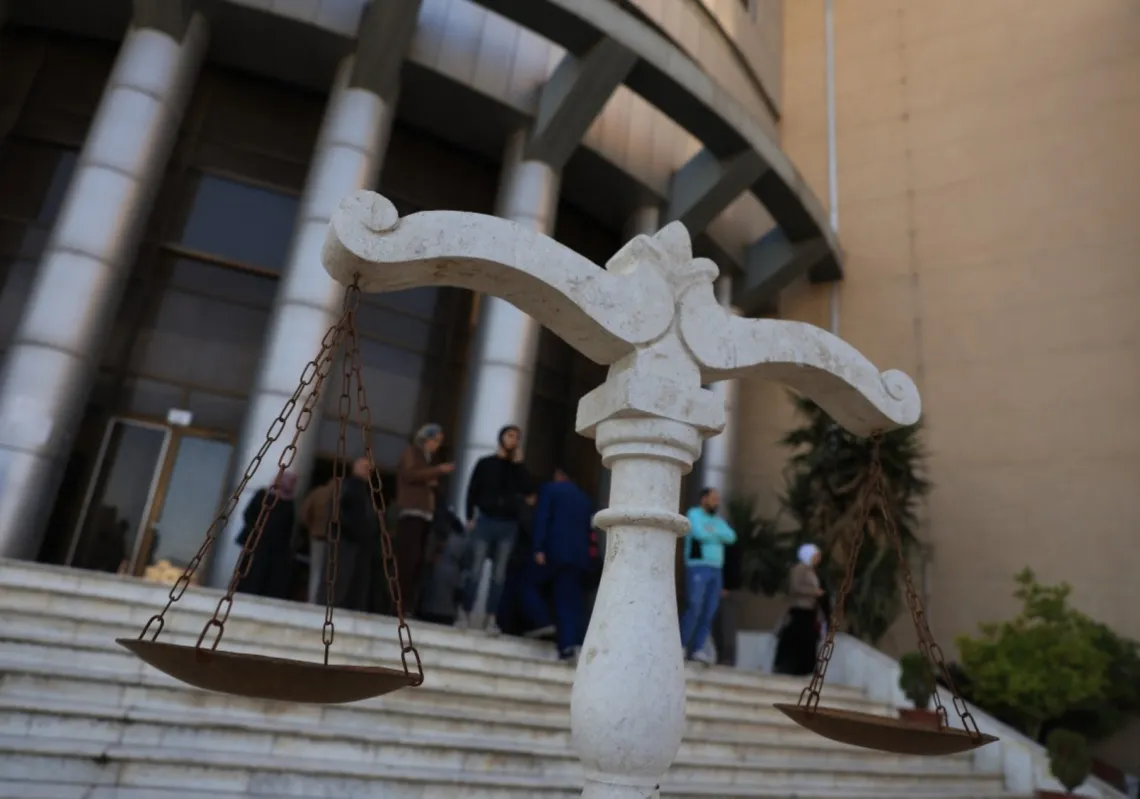At around 18.20 on Saturday 27 July 2024, an Iranian-made rocket with a 53kg warhead was launched from the vicinity of Shebaa, a Lebanese town of some 25,000 residents.
Traveling only 10km, it hit a football pitch in the Golani town of Majdal Shams, detonating before young people standing on the edge of the pitch could react to the siren. It killed 12 Druze children and teenagers.
Hezbollah quickly denied any involvement, despite claiming that it had been targeting Israeli military positions in the ‘Shebaa Farms’ at almost the same time as Majdal Shams was hit, and despite no-one else in the region having Iranian-made rockets in their inventory.
The likeliest explanation is that it simply missed its intended target. From Hezbollah, there was no admission of error and no apology.
Nearly a quarter century after the words ‘Shebaa Farms’ entered the vocabulary of the Arab-Israel conflict, these windswept pastures of around 25 sq. km on the slopes of Jabal al-Sheikh continue to provide a magnet for violence.
This is aimed at justifying the continued existence of a heavily armed Lebanese militia that represents the interests of Iran.

From 2009-11, as I sought to mediate peace between Syria and Israel, this was a subject that arose during a critical conversation I had with Syrian President Bashar al-Assad.
To this day, I am stunned by what he told me. Reflecting now on what he said, the deaths of these 12 young people seem especially outrageous.
What Iran wants
From the moment Israel launched military operations in the Gaza Strip following the 7 October 2023 Hamas attacks, Hezbollah—consistent with the desires of Iran—has been exchanging fire with Israeli forces regularly.
Iran reportedly promised Hamas that a major strike on Israel would get its enthusiastic and sustained support. That came mainly through Hezbollah’s armed harassment of northern Israel and the occupied Golan, especially the Shebaa Farms area.
Neither Iran nor Hezbollah wants total war with Israel. Yes, Hezbollah missiles and rockets could severely damage Israel. Yes, Hezbollah fighters would perform skilfully in combat. But total war would likely destroy or seriously degrade Tehran’s front-line, Lebanon-based deterrence against a major Israeli attack on Iran.















